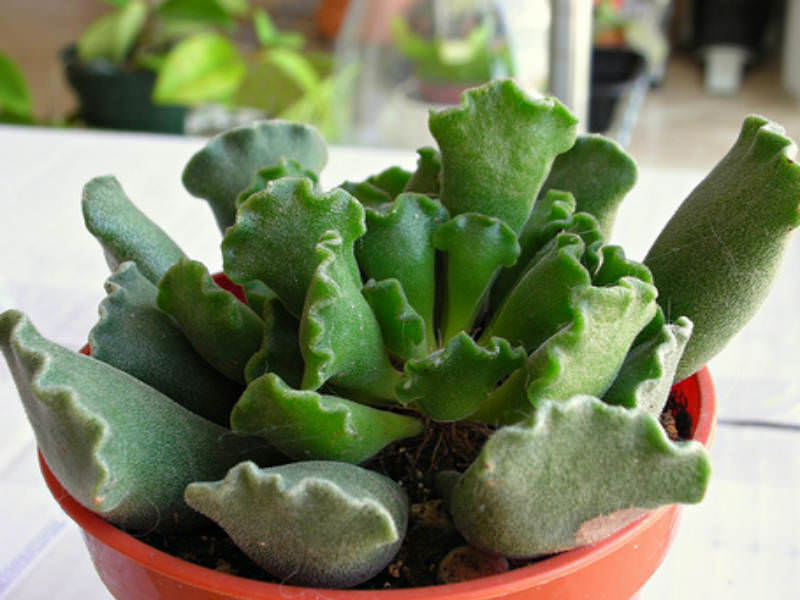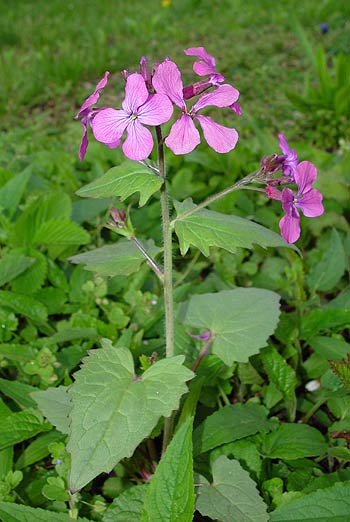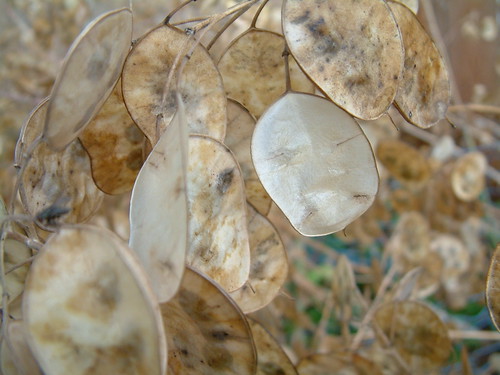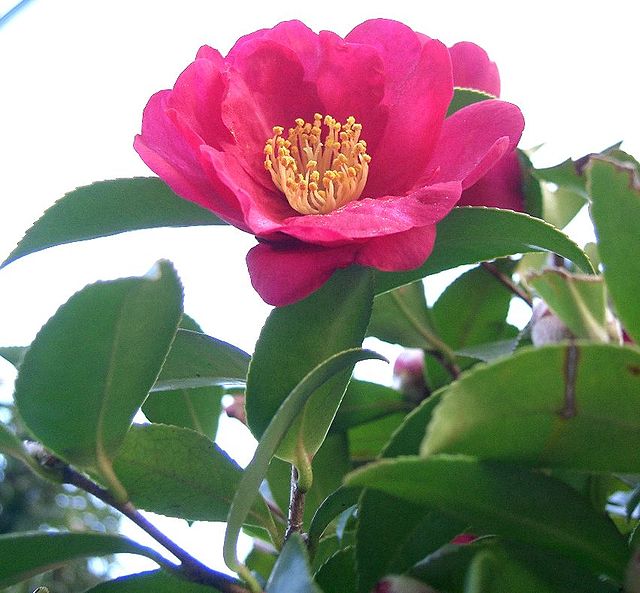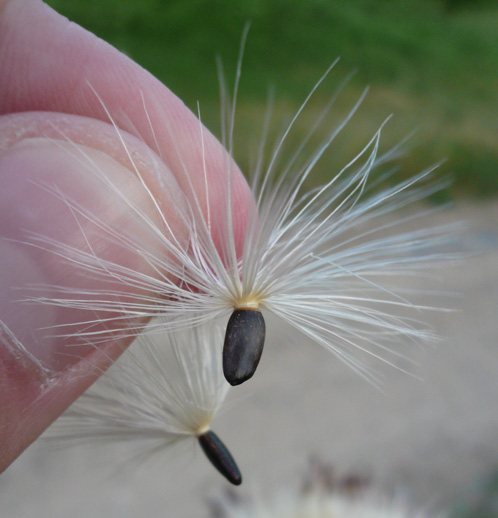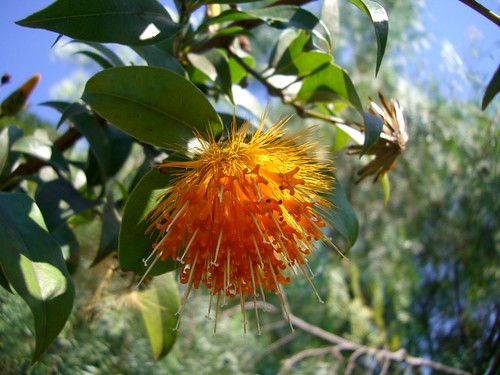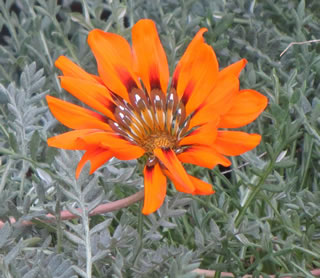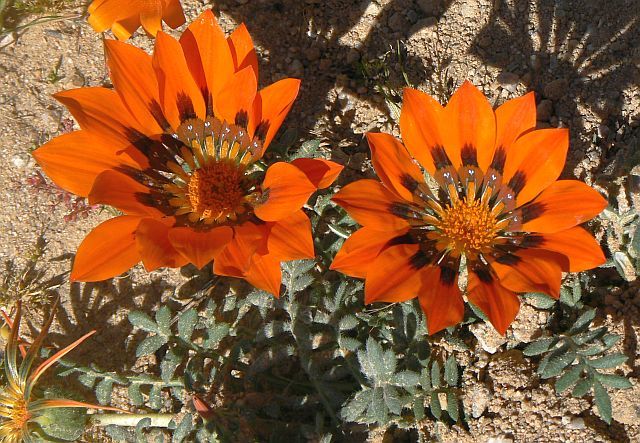Aubrieta deltoidea is a species of flowering plant in the mustard family. Common names include lilacbush, purple rock cress and rainbow rock cress. Zone 4a to 9b.
It is native to southeastern Europe, but is grown worldwide as an ornamental plant and it grows wild in some areas as a garden escapee. This is a small herbaceous perennial forming carpets of green spoon-shaped to oval-shaped leaves, some of which are lobed. The showy inflorescence bears small flowers with four lavender to deep pink petals. The fruit is an inflated, hairy silique up to two centimeters long.
(https://upload.wikimedia.org/wikipedia/commons/e/eb/Purple_rock_cress.JPG)
Cultivation
A. deltoidea is cultivated as groundcover, in the rock garden, or in crevices in the wall, producing masses of brightly coloured flowers in spring.
Propagate by seed, cuttings, division or separation - Cuttings are usually more successful than division.
Do not prune in fall. Remove damaged foliage in spring.
Short lived if drainage is poor or weather is hot. Divide every 1 to 3 years.
Take softwood or semi-ripe cuttings from early- to mid-summer. Remove the lower leaves and root in sand.
Purchased seed is easy to germinate, but saved seed may not breed true to type.
Cultivated varieties, sometimes listed under the hybrid name A. x cultorum, are available in lavender, rose and lilac, but are often offered as a seed mixture. The following cultivars have gained the Royal Horticultural Society's Award of Garden Merit:-
- ‘Aurea Variegata’ has green leaves with yellow markings and purple-blue blooms.
- ‘Barker’s Double’ has showy double blue-purple blooms.
- ‘Bob Sanders’ grows 10 inches tall plants with large double flowers in shades of reddish purple.
- ‘Campbellii’ has double pinkish-purple blooms.
- ‘Carnival’ flowers prolifically producing purple blooms.
- ‘Dr. Mules’ grows 6 inches tall with dark violet flowers.
- ‘J. S. Baker’ has striking blue-purple flowers with white “eyes.”
- ‘Parkinsii’ has rosy purple flowers with white “eyes.”
- ‘Purple Cascade’ grows 4 inches tall with purple flowers.
- ‘Red Carpet’ grows 4 inches tall with deep red flowers.
- ‘Variegata’ grows 4 inches tall with gold and green leaves and purple-blue flowers.
- ‘Whitewall Gem’ grows 8 inches tall reddish-purple flowers.
